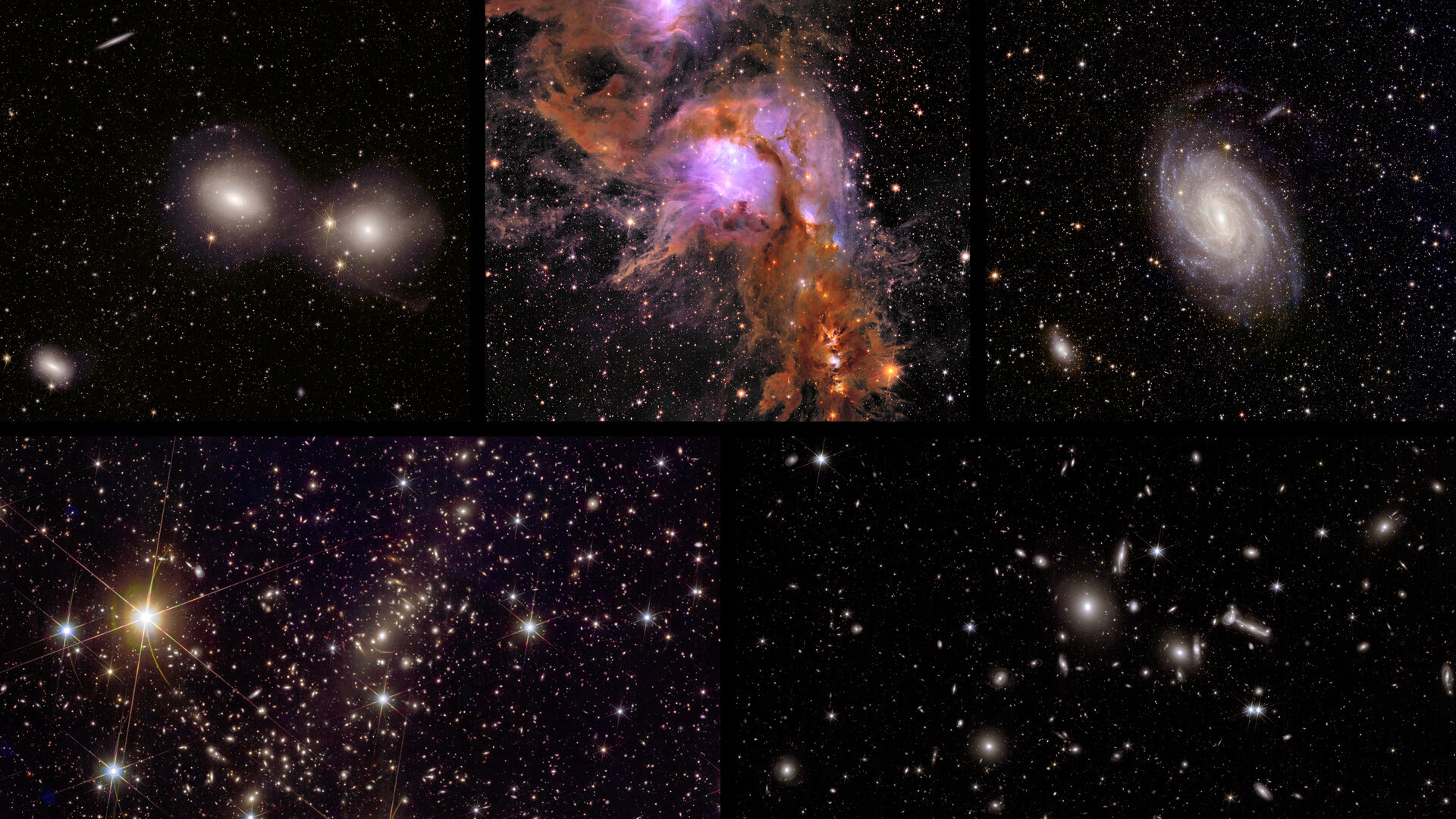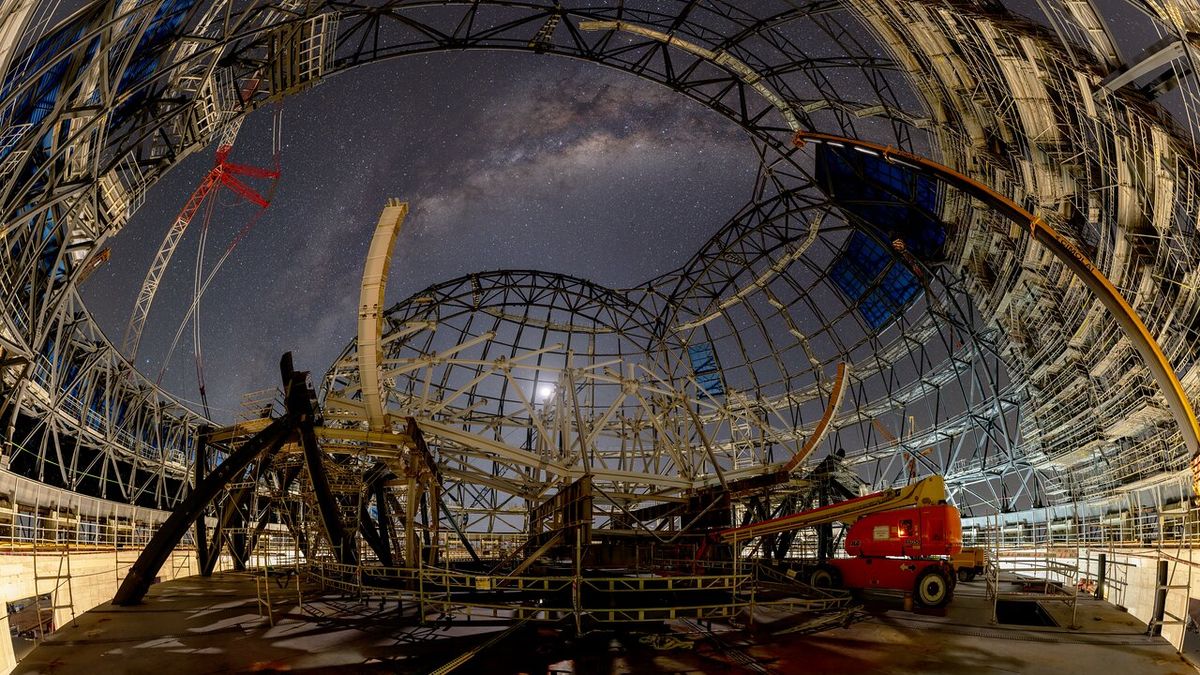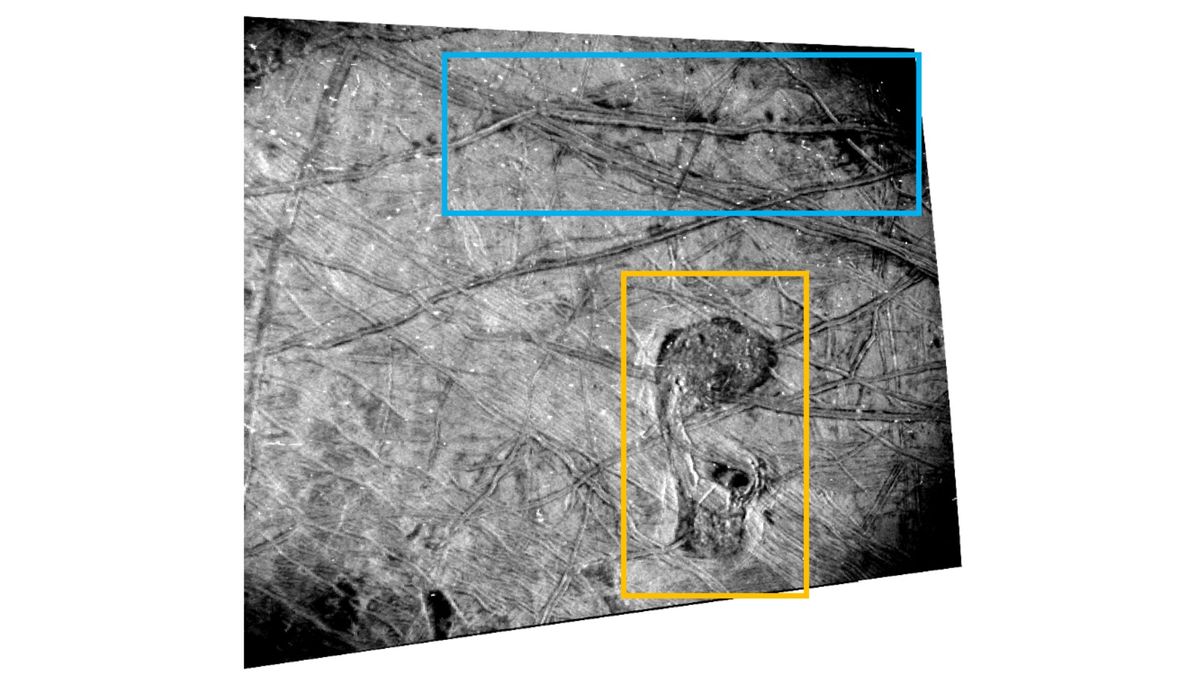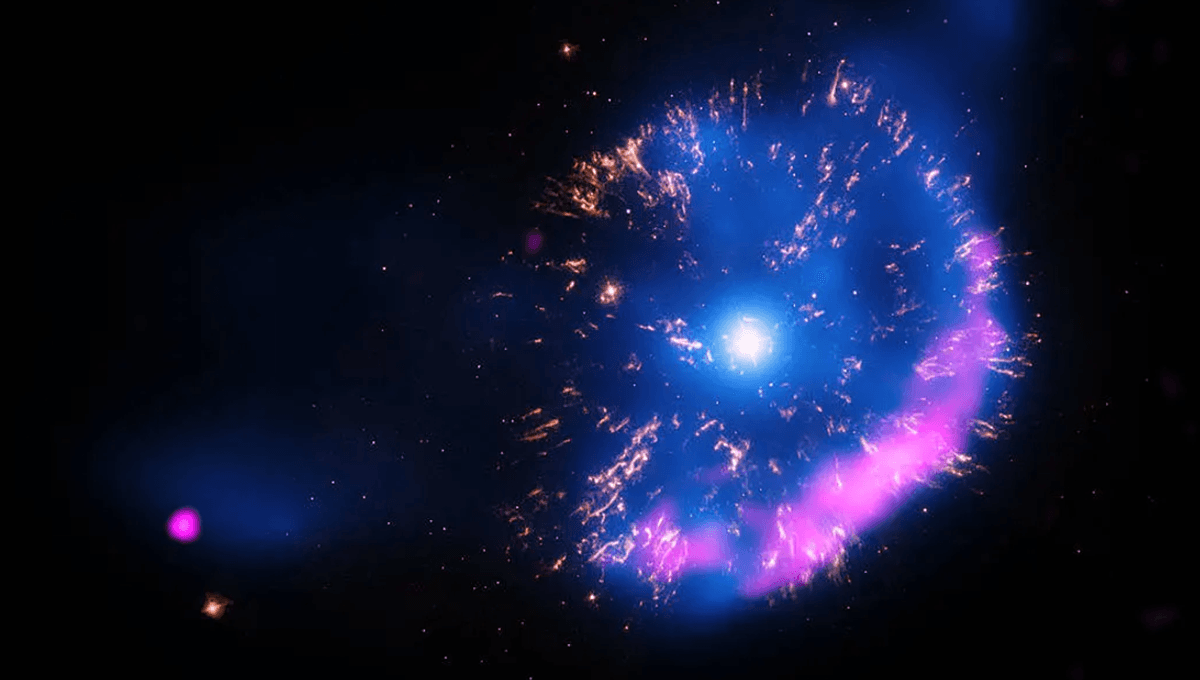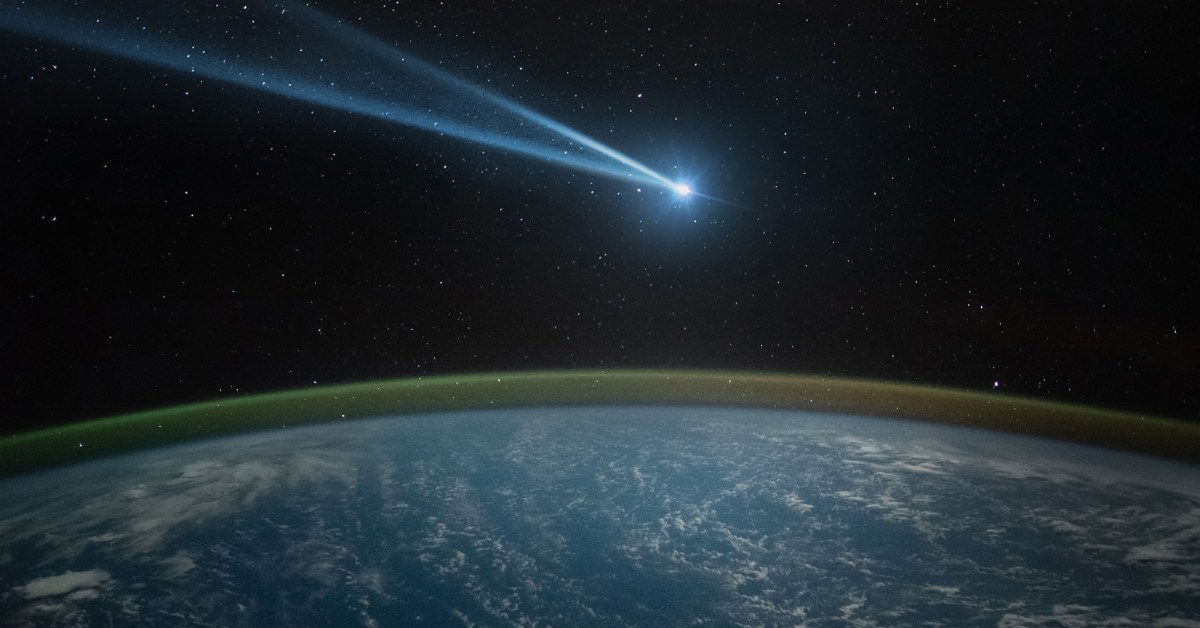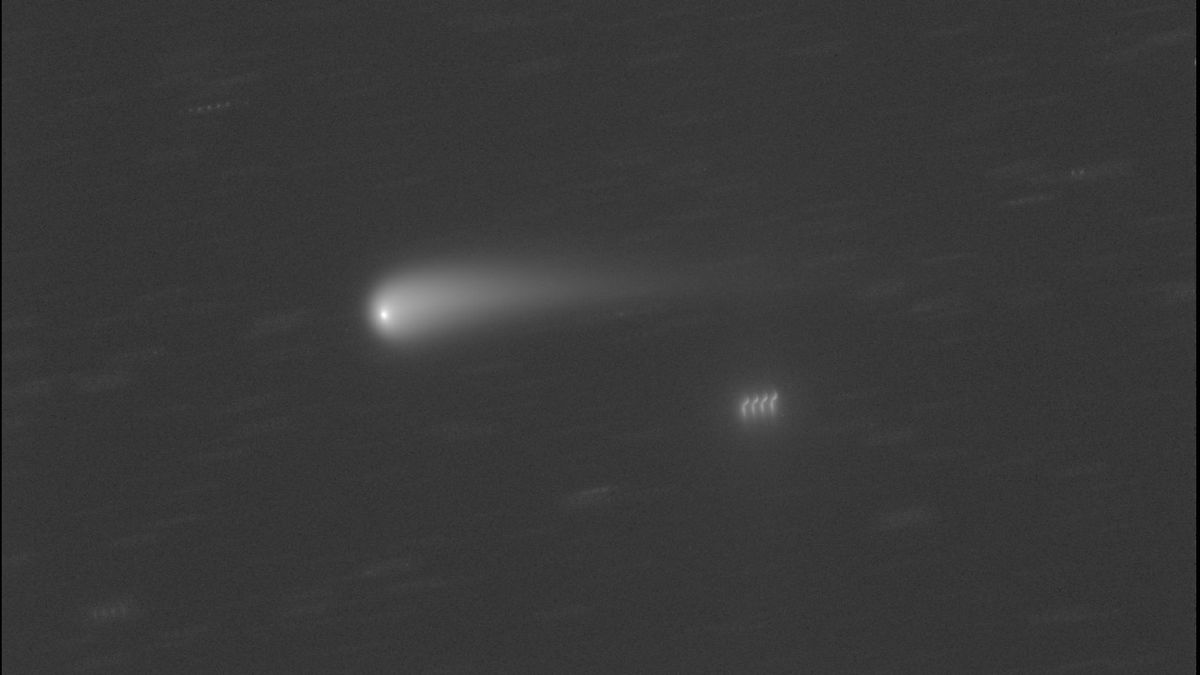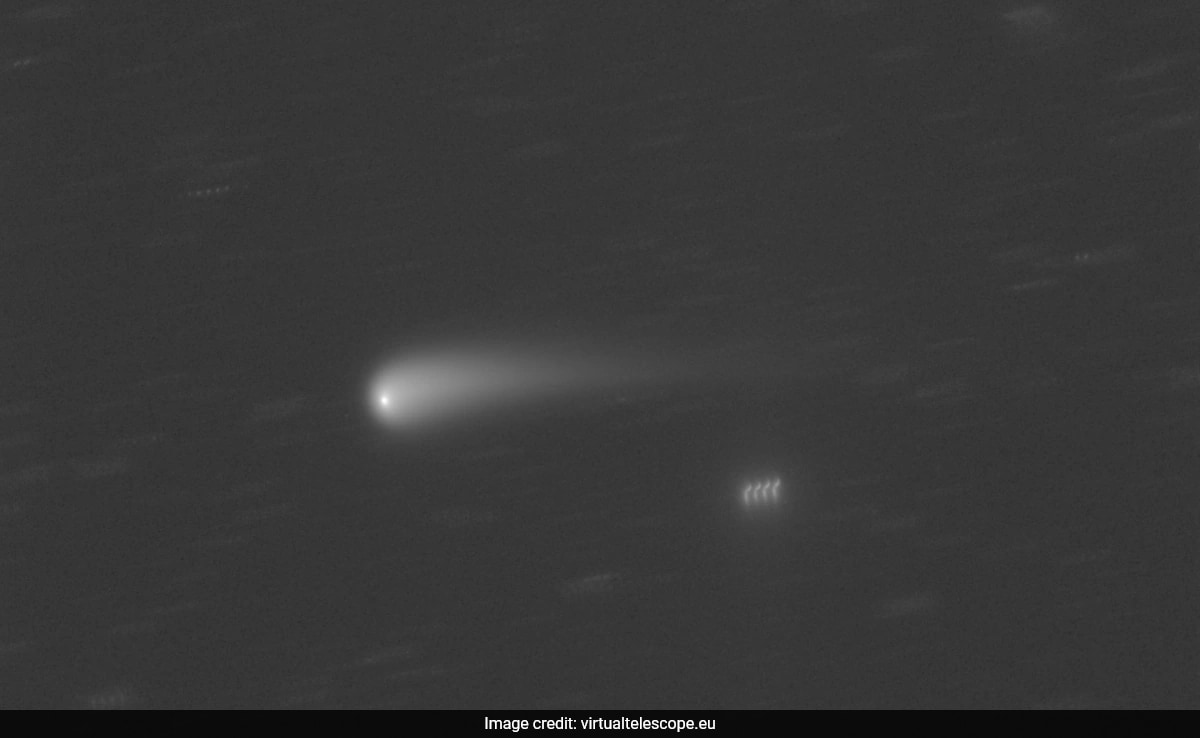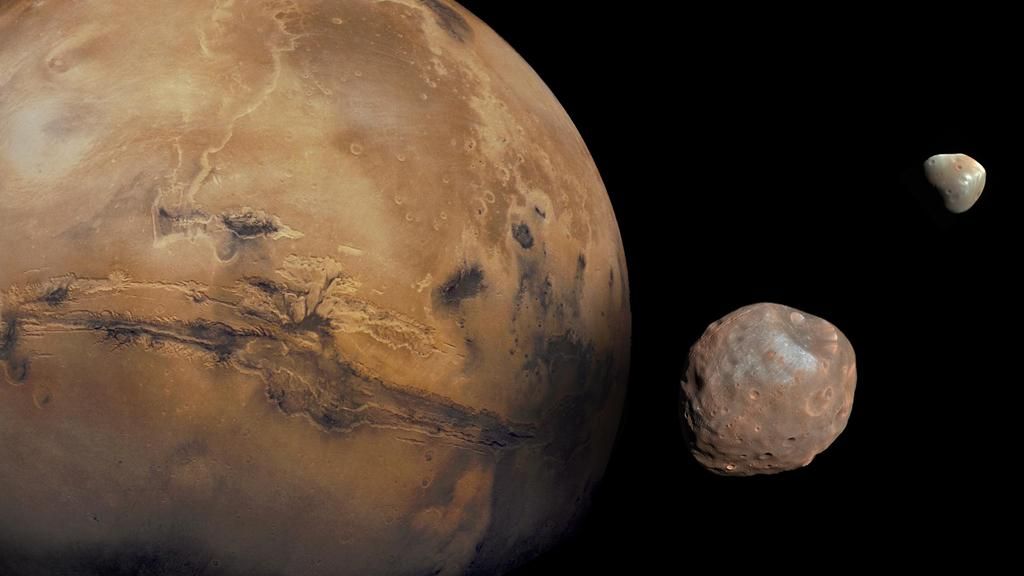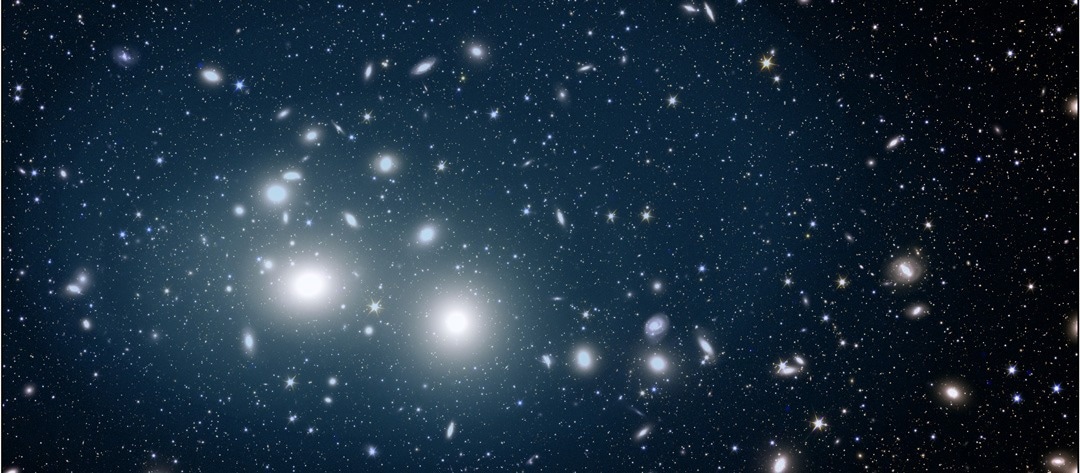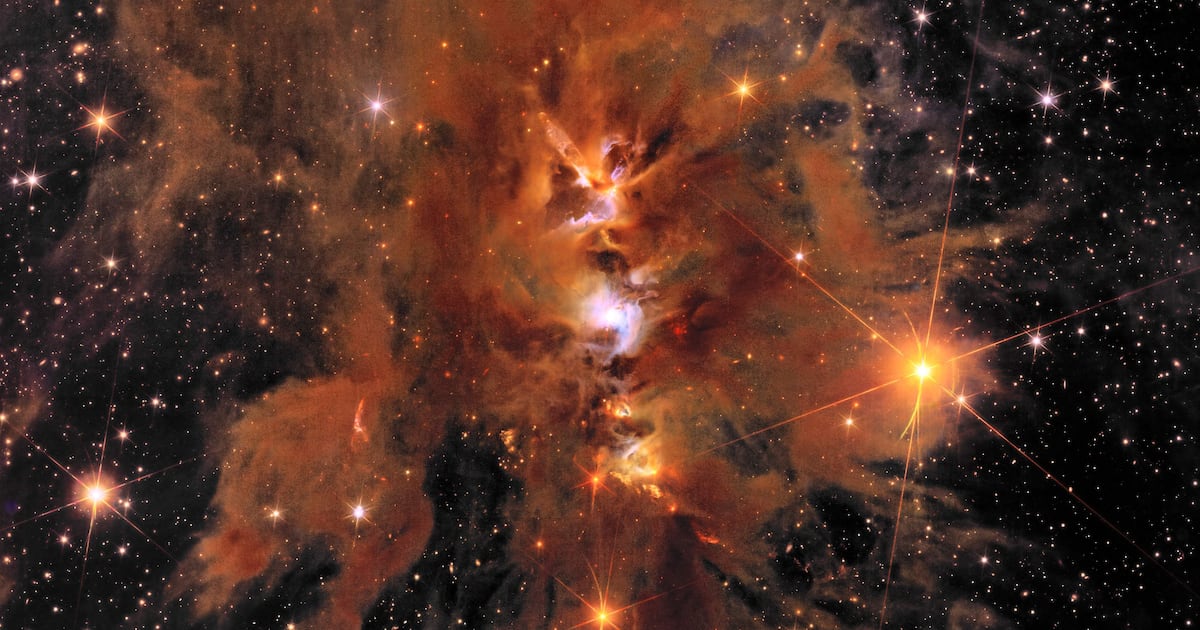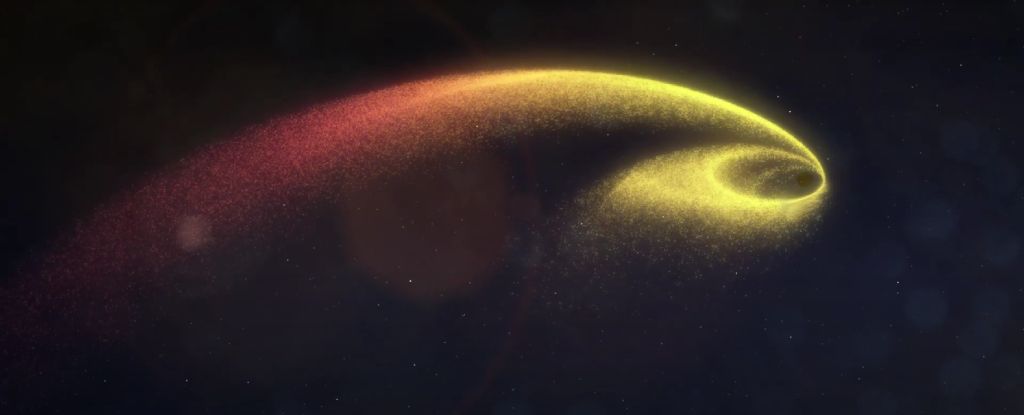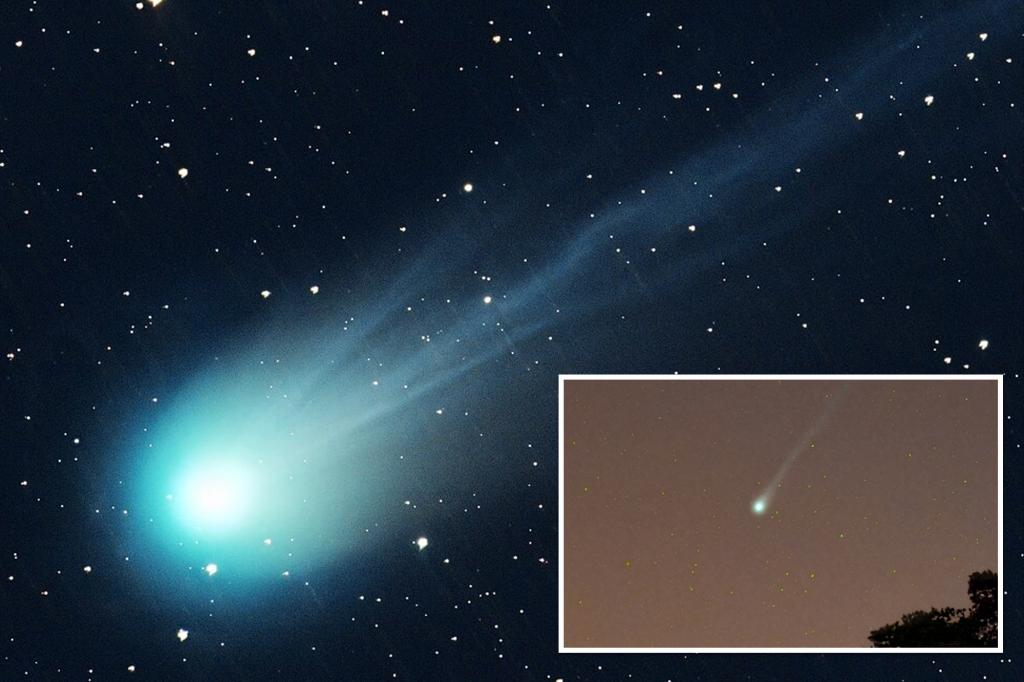Euclid’s Unprecedented Images Unveil Cosmic Secrets
ESA’s Euclid space mission has recently released five groundbreaking new images of the Universe, showcasing its ability to unlock the mysteries of the cosmos. These images, part of Euclid’s Early Release Observations, provide a glimpse into the telescope’s potential in studying rogue planets, mysterious matter, and the evolution of the Universe. The mission’s Project Scientist, Valeria Pettorino, emphasizes the significance of these first datasets and the diverse range of objects and distances observed. Euclid’s main survey aims to delve deeper into the dark cosmos and understand the fundamental components of dark energy and dark matter. The unprecedented results obtained by Euclid demonstrate its capability to explore the hidden foundations of the Universe, map billions of galaxies, and study cosmic history.
Euclid’s New Images Revolutionize Astronomy
Euclid’s latest images, showcasing galaxy clusters, star-forming regions, and spiral galaxies, provide an unparalleled view of the cosmos with unrivaled depth and clarity. These images, captured using both visible and infrared light, offer insights into the physical properties of the Universe and highlight Euclid’s unique observing capabilities. The space telescope’s ability to detect free-floating ‘rogue’ planets, study star clusters in detail, and map different star populations is paving the way for groundbreaking discoveries in astronomy. ESA Director of Science, Prof. Carole Mundell, emphasizes the versatility of Euclid in capturing a wide range of celestial objects, from distant galaxies to small planets, in a single image. These new images not only serve as visually stunning representations of the Universe but also reveal valuable scientific insights that will reshape our understanding of cosmic phenomena.
Euclid’s Contribution to Understanding the Dark Universe
Euclid’s recent images of galaxy clusters, star-forming regions, and evolving galaxies offer a unique perspective on the dark Universe and the dynamics of cosmic evolution. The telescope’s observation of gravitational lensing in galaxy clusters like Abell 2390 provides crucial information about dark matter distribution and the history of galaxy clusters. By studying star-forming regions like Messier 78 and spiral galaxies like NGC 6744, scientists can unravel the mysteries of star formation, dust and gas dynamics, and galaxy structure. Euclid’s wide field-of-view and high spatial resolution enable detailed observations of galaxies evolving and merging, shedding light on the processes that shape the cosmic landscape. Through international collaboration and cutting-edge technology, Euclid is poised to revolutionize our understanding of the Universe and uncover the secrets of the dark cosmos.
